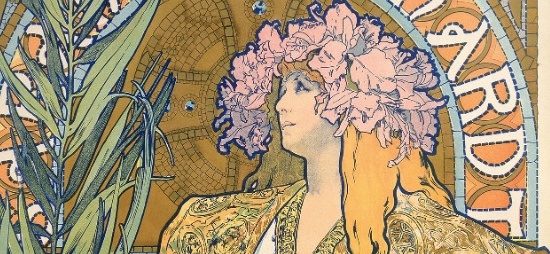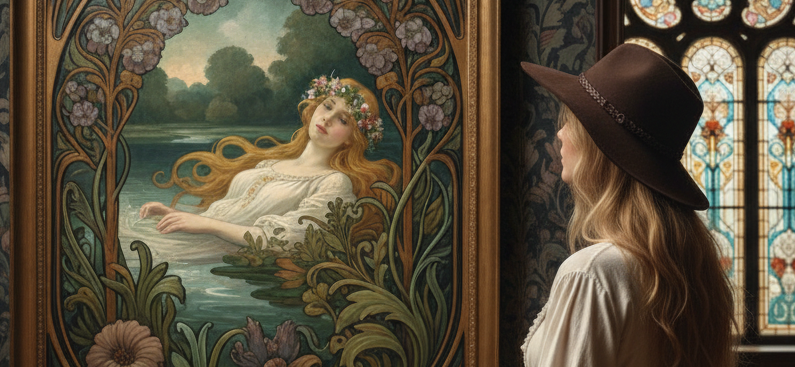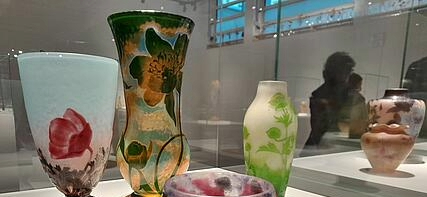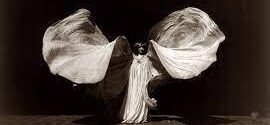The transition from Art Nouveau to Art Deco was not merely an aesthetic preference; it was a cultural repudiation of the world that had led to the horrors of World War I. Art Nouveau, with its complex, flowing, and nature-obsessed designs, flourished during the peaceful Belle Époque (roughly 1890–1910). By the 1920s, this style had become irrevocably associated with the romanticism, decadence, and aesthetic elitism of the pre-war era—a time that society was desperate to forget. The intricate organic curves, the dreamlike sensuality, and the focus on handmade craftsmanship seemed overly fussy, impractical, and fundamentally dishonest to a generation scarred by conflict. A clean slate required a clean line.
Embracing the Machine Age and the Urban Future
The single most powerful force favoring Art Deco was the celebration of technology and the machine.
The 1920s saw an explosive acceleration in mechanical and civil engineering: the rise of the ocean liner, the automobile, the airplane, and, most visibly, the skyscraper. Art Deco’s aesthetic was a direct visual response to this progress. Its reliance on geometric forms, straight lines, symmetry, and streamlining perfectly mirrored the precision and efficiency of the factory floor and the laboratory. Art Nouveau’s flowing lines were rendered obsolete by the rectilinear dynamism of the new industrial landscape.
Furthermore, society became intensely urbanized. People were flooding into cities, and Art Deco became the architectural and design idiom of this new urban existence. The style was inherently vertical, fast, and imposing, reflecting the excitement, noise, and speed of city life. This was a complete thematic shift away from Art Nouveau’s deep roots in the natural world and the slower, more pastoral pace of the countryside. Art Deco was modern, metropolitan, and unapologetically artificial.
The New Spirit of Prosperity and Mass Consumption
The economic recovery and subsequent boom of the “Roaring Twenties” created an environment where Art Deco could thrive as the symbol of affluence and accessible luxury.
- Democratic Luxury: While Art Nouveau often remained the domain of wealthy patrons commissioning unique, expensive artisanal pieces, Art Deco embraced mass production. Its geometric shapes were easily replicable using new manufacturing techniques and materials like chrome, aluminum, plastic, and bakelite. This made high-style design available to the growing middle class, turning Art Deco into the universal signifier of sophistication and modernity across everything from blenders and radios to architecture and fashion.
- Glamour and Exoticism: The era demanded a visual language that spoke of glamour and extravagance. Art Deco achieved this through its use of rich, jewel-toned color palettes combined with luxurious finishes like polished lacquer, bronze, ebony, and exotic animal skins. This sense of exoticism was further fueled by major cultural events, such as the widely publicized 1922 discovery of King Tutankhamun’s tomb, which injected Egyptian motifs, zigzags, and stylized sunbursts directly into the Deco vocabulary.
Shifting Gender Roles and Social Liberation
Perhaps the most significant social shift was the transformation in the perception and role of women, embodied by the Flapper and the Jazz Age.
- Design for the Modern Woman: Art Nouveau often depicted women as ethereal, passive figures in flowing gowns, emphasizing the traditional ideal of feminine softness and nature. Art Deco, by contrast, was sharp, uncluttered, and practical. The Flapper, with her short hair, short hemline, and liberated lifestyle, needed clothing and interiors that were streamlined and functional. Art Deco’s more gender-neutral, efficient aesthetics perfectly supported the image of a woman who was active, working, driving, and socializing outside the home.
- The Jazz Age Rhythm: The cultural movement of the Jazz Age introduced a rhythm that was syncopated, energetic, and improvisational. Art Deco, with its repetitive, dynamic geometric patterns—its zigzags, chevrons, and stepped forms—had a visual rhythm that mirrored the energetic beats of the jazz clubs, further distancing itself from the slower, more serpentine rhythm of Art Nouveau.
In sum, the 1920s sought an aesthetic that was optimistic, forward-facing, machine-made, and glamorous. Art Deco offered clean lines, a decisive rejection of the past, and a celebratory visual vocabulary that confirmed society had entered a dynamic, new era of wealth and technological possibility. Art Nouveau, rooted in the past and nature, simply could not compete with the sheer, undeniable momentum of progress that Art Deco embodied.






